Visual Results
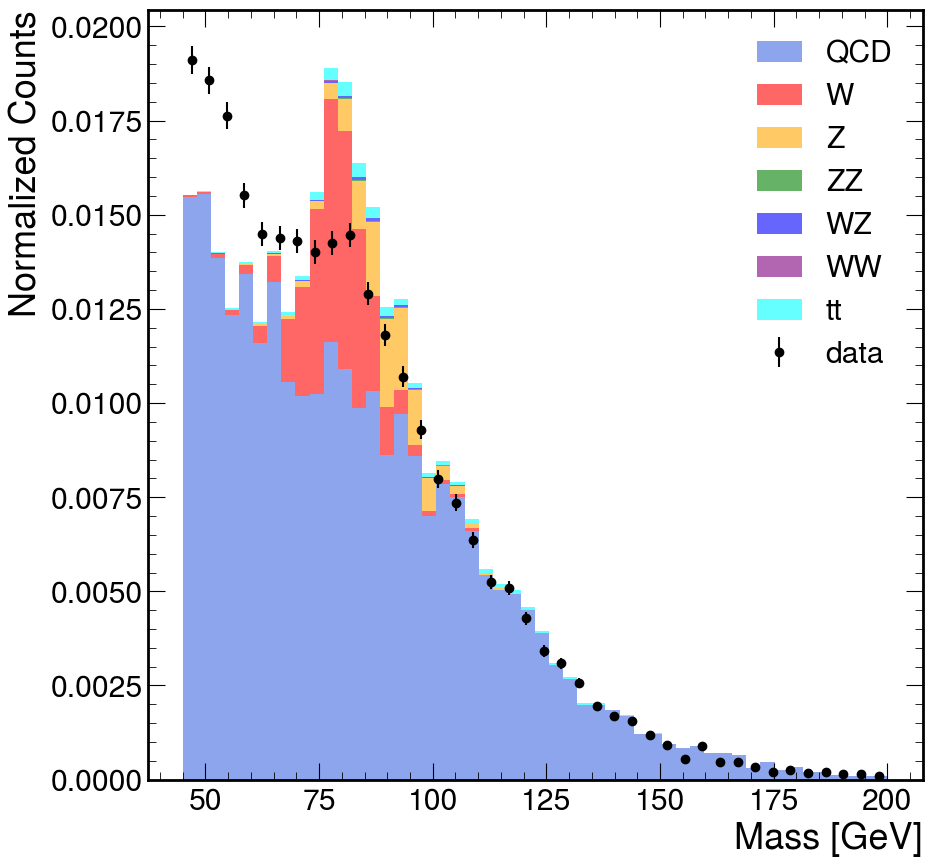
W Boson Mass Peak
Invariant mass distribution showing clear W boson peak at ~80.4 GeV
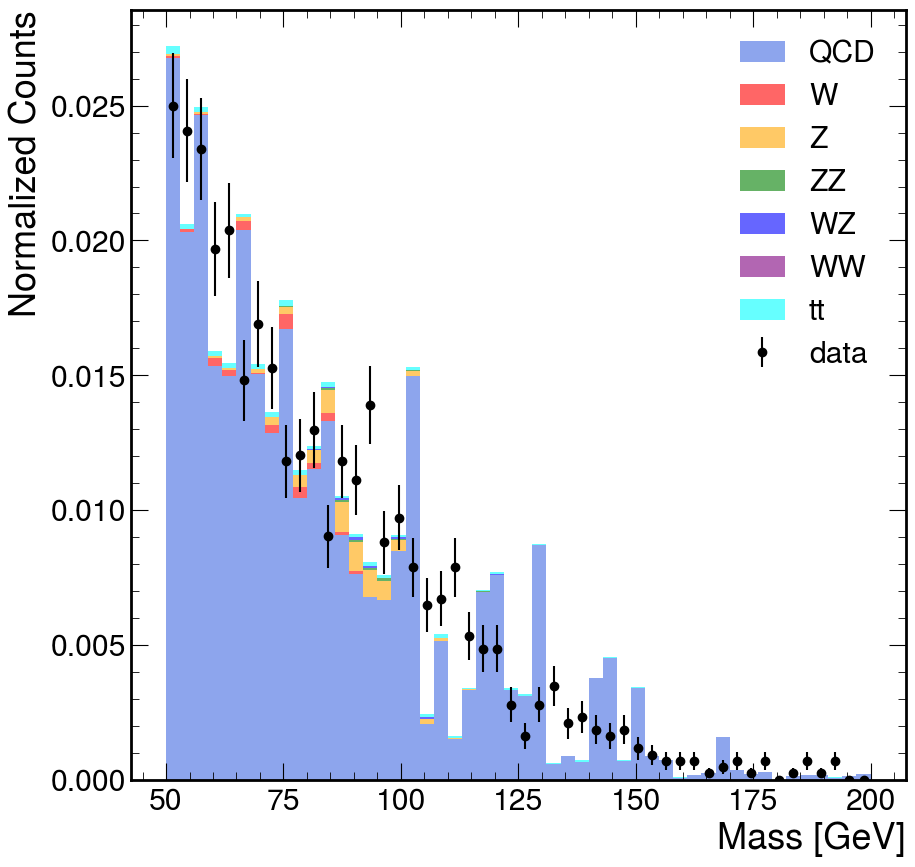
Z Boson Mass Peak
Invariant mass distribution showing Z boson peak at ~91.2 GeV
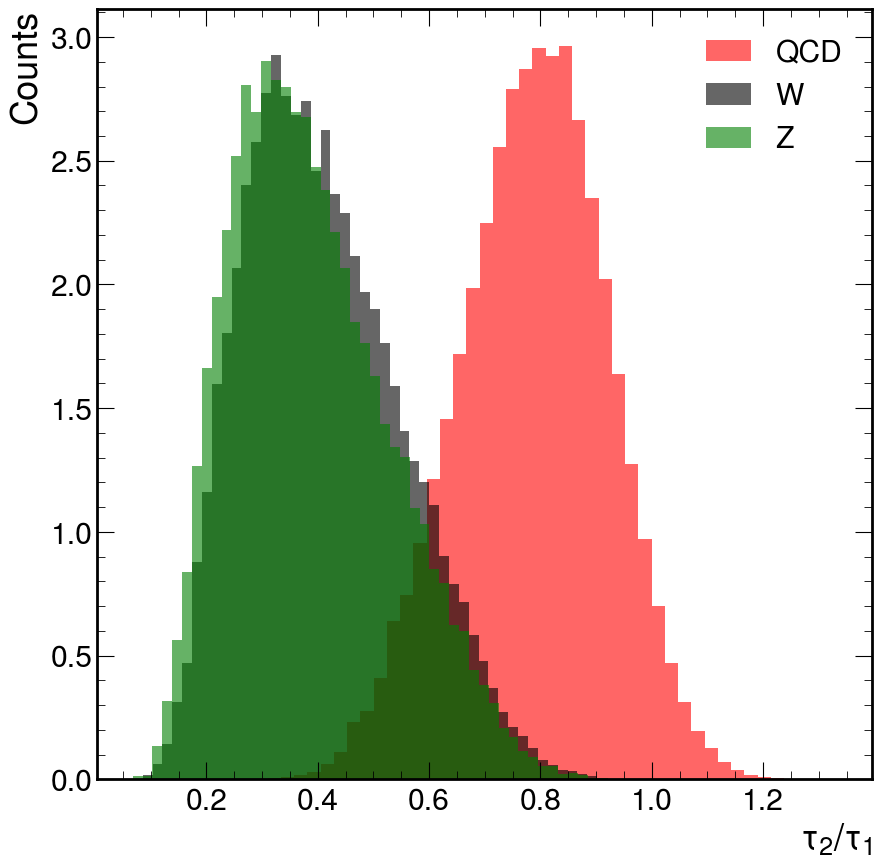
Jet Substructure Analysis
Tau21 distribution showing quark/gluon jet separation and background modeling
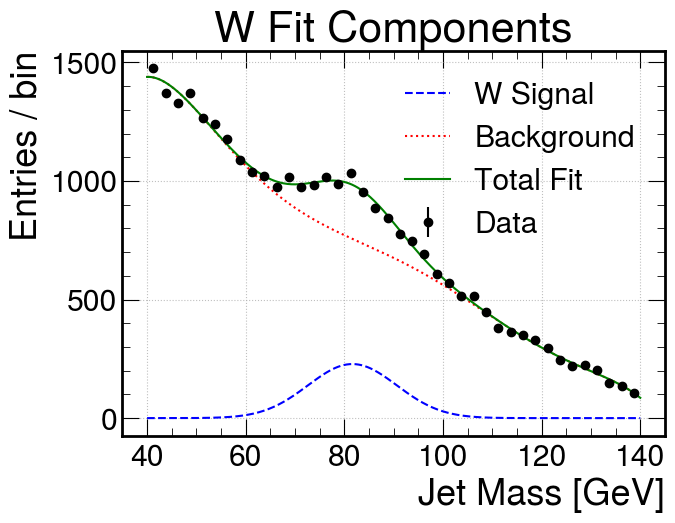
W Boson Fitting Analysis
Statistical fit showing signal extraction and background modeling with uncertainties
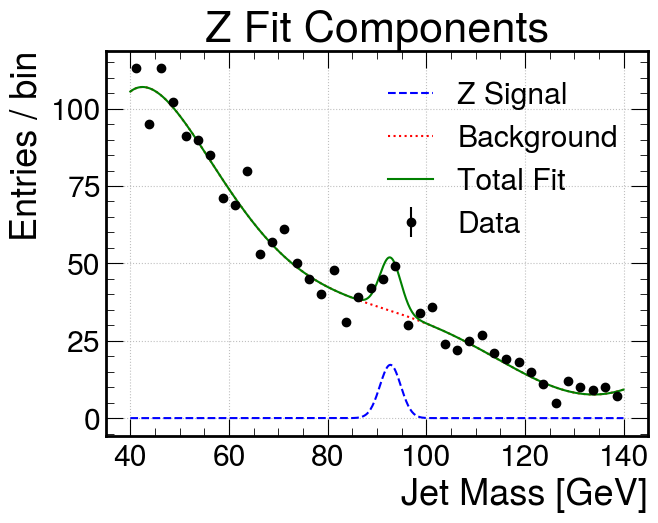
Z Boson Fit Components
Detailed analysis of Z boson fit components and background contributions